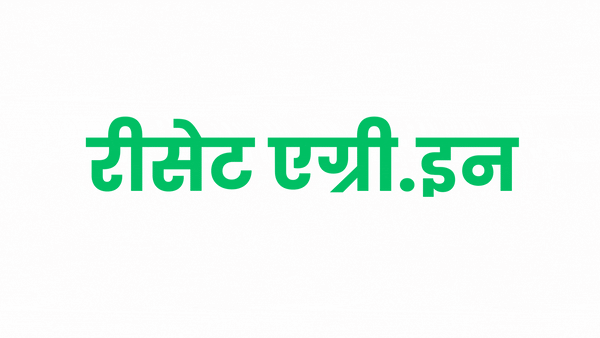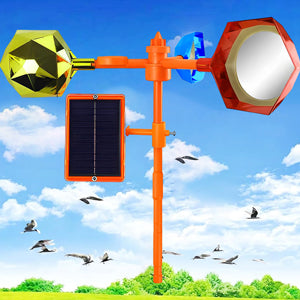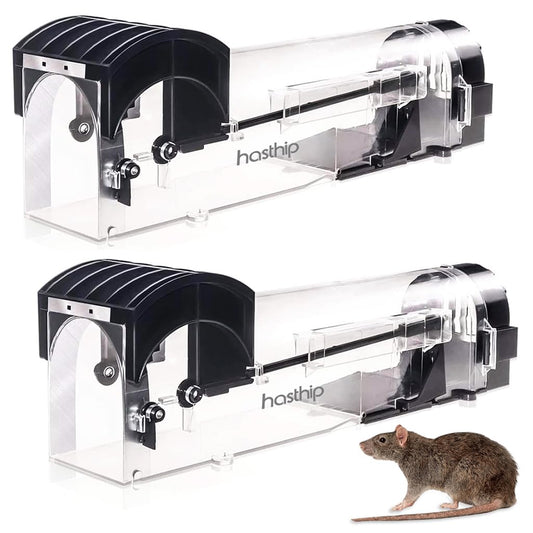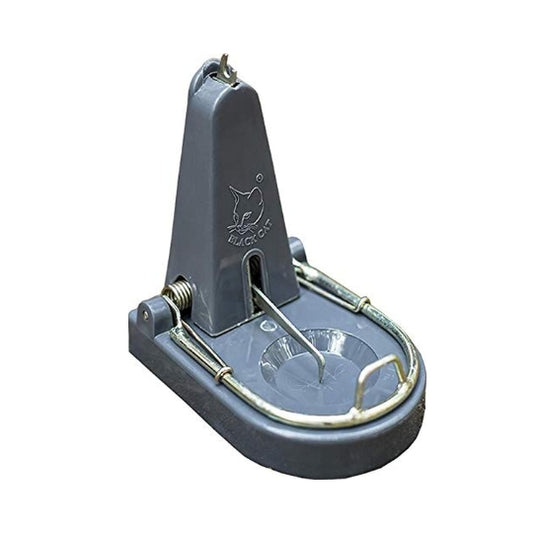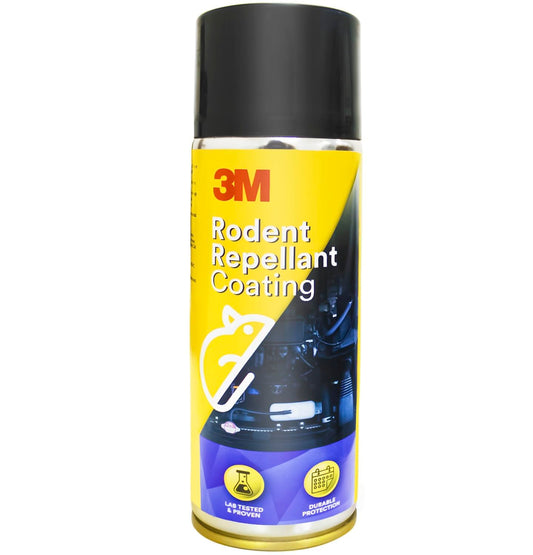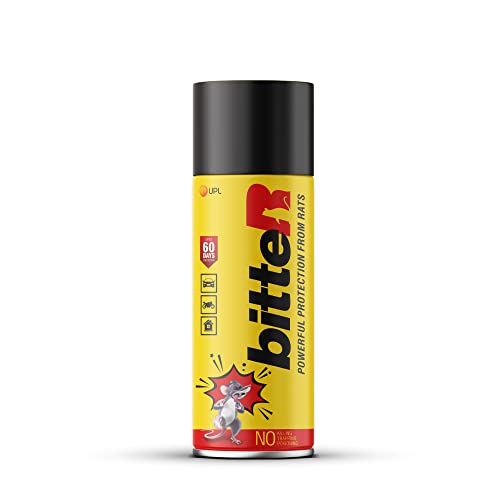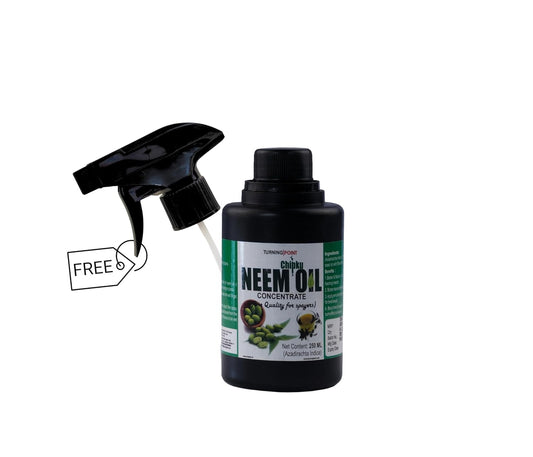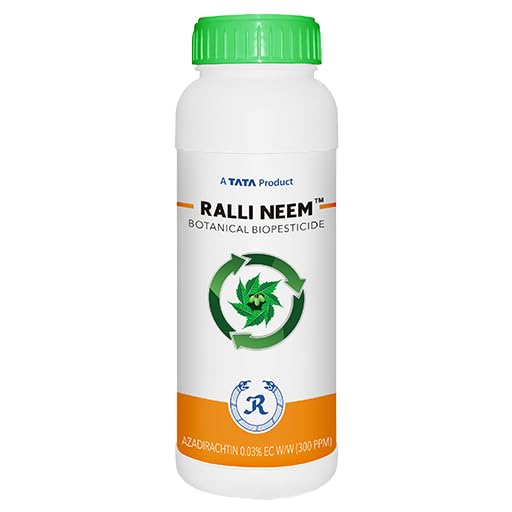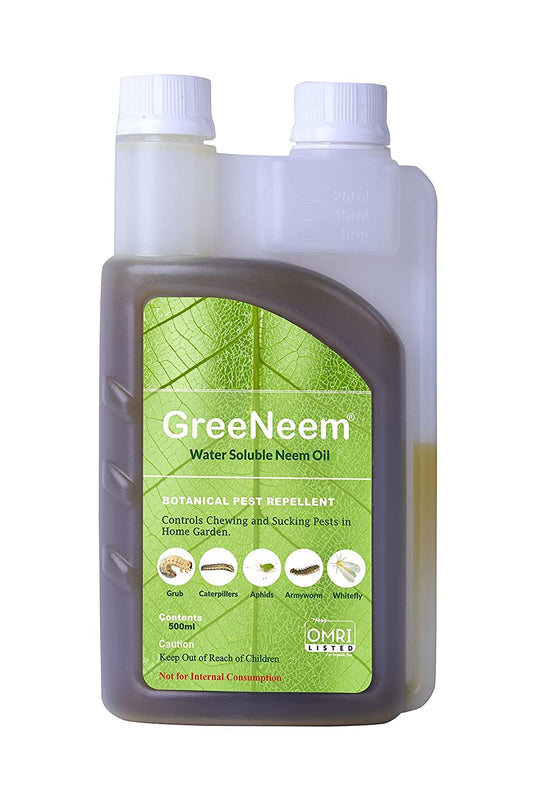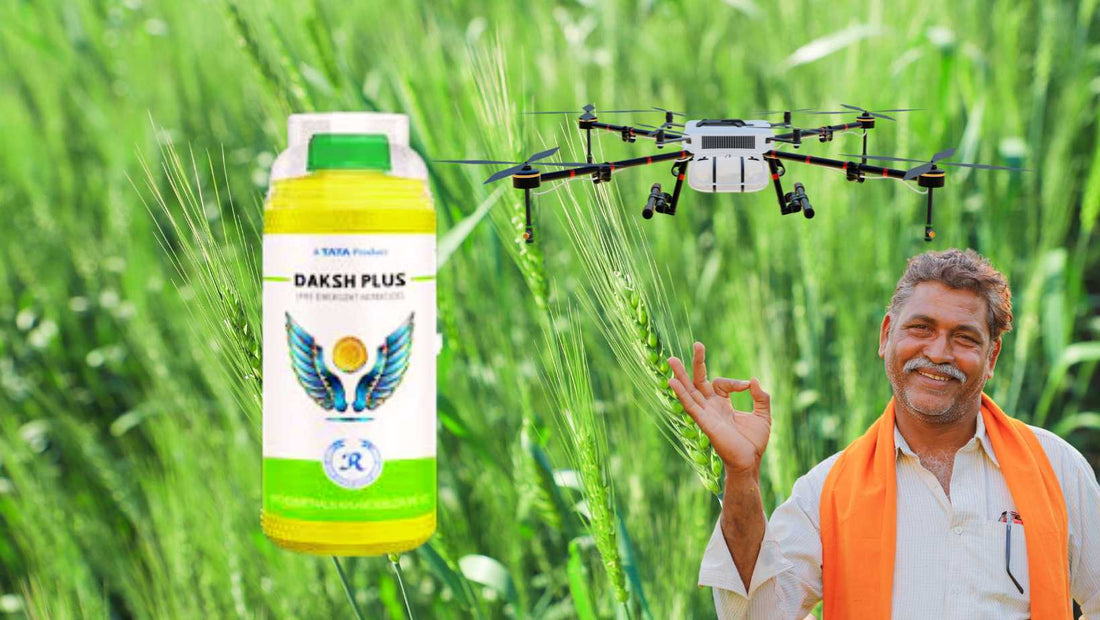
Controlling Weeds in Wheat Crops with Daksh Plus from Tata Rallis
Share
Wheat is a crucial crop for Indian farmers, and its successful cultivation requires proactive measures to prevent weed infestations. Daksh Plus, a pre-emergent herbicide from Tata Rallis, offers effective control of both grass and broadleaf weeds in wheat crops. This herbicide contains two active ingredients: pendimethalin (40%) and metribuzin (8% EC).
Modes of Action of Pendimethalin and Metribuzin
-
Pendimethalin: This herbicide inhibits cell division in root tips, preventing weed seedlings from emerging. It acts primarily on the roots and is most effective when applied before weeds germinate.
-
Metribuzin: This herbicide interferes with photosynthesis, disrupting the plant's ability to produce energy. It is effective against a wide range of broadleaf weeds, including those that are resistant to other herbicides.
Application of Daksh Plus
Daksh Plus is applied 0-3 days after sowing during morning or evening hours. For manual spraying, the recommended dose is 5 ml per liter of water. For drone spraying, use 1 liter per acre. This single application effectively prevents weed germination for the first 25-30 days, allowing the wheat crop to establish a strong stand and outcompete emerging weeds.
Benefits of Daksh Plus
- Broad-spectrum control of grass and broadleaf weeds
- Pre-emergent action prevents weed germination
- Single application provides long-lasting weed control
- Promotes crop growth and yield
By incorporating Daksh Plus into their weed management strategies, wheat farmers can effectively control weeds, protect their crops, and enhance their yields.
Frequently Asked Questions (FAQs) about Weed Control in Wheat Crops with Daksh Plus from Tata Rallis
1. What is Daksh Plus and how does it work?
Daksh Plus is a pre-emergent herbicide from Tata Rallis that effectively controls grass and broadleaf weeds in wheat crops. It contains two active ingredients: pendimethalin (40%) and metribuzin (8% EC). Pendimethalin inhibits cell division in root tips, preventing weed seedlings from emerging. Metribuzin interferes with photosynthesis, disrupting the plant's ability to produce energy.
2. When should Daksh Plus be applied?
Daksh Plus should be applied 0-3 days after sowing during morning or evening hours. This ensures that the herbicide is present in the soil before weed seeds germinate.
3. What is the recommended application rate for Daksh Plus?
For manual spraying, the recommended dose is 5 ml per liter of water. For drone spraying, use 1 liter per acre.
4. How long does Daksh Plus control weeds?
A single application of Daksh Plus effectively prevents weed germination for the first 25-30 days, allowing the wheat crop to establish a strong stand and outcompete emerging weeds.
5. What are the benefits of using Daksh Plus?
Daksh Plus offers several benefits for wheat farmers, including:
- Broad-spectrum control of grass and broadleaf weeds
- Pre-emergent action prevents weed germination
- Single application provides long-lasting weed control
- Promotes crop growth and yield
6. Are there any precautions to be taken when using Daksh Plus?
Always follow label instructions when using Daksh Plus. Wear appropriate personal protective equipment (PPE) such as gloves and a mask when handling and applying the herbicide. Avoid spraying Daksh Plus in windy conditions or when rain is expected. Do not graze animals in treated fields until the herbicide has completely dissipated.
7. Where can I purchase Daksh Plus?
Daksh Plus is available at authorized Tata Rallis dealers across India.
